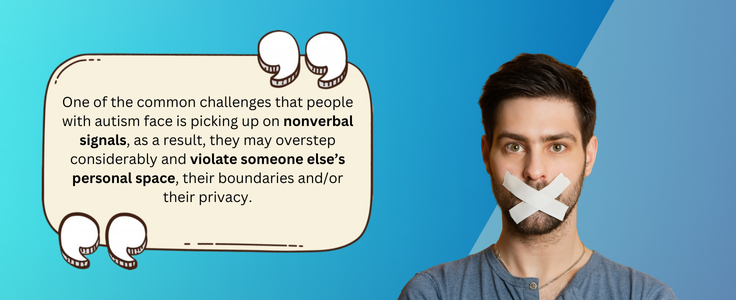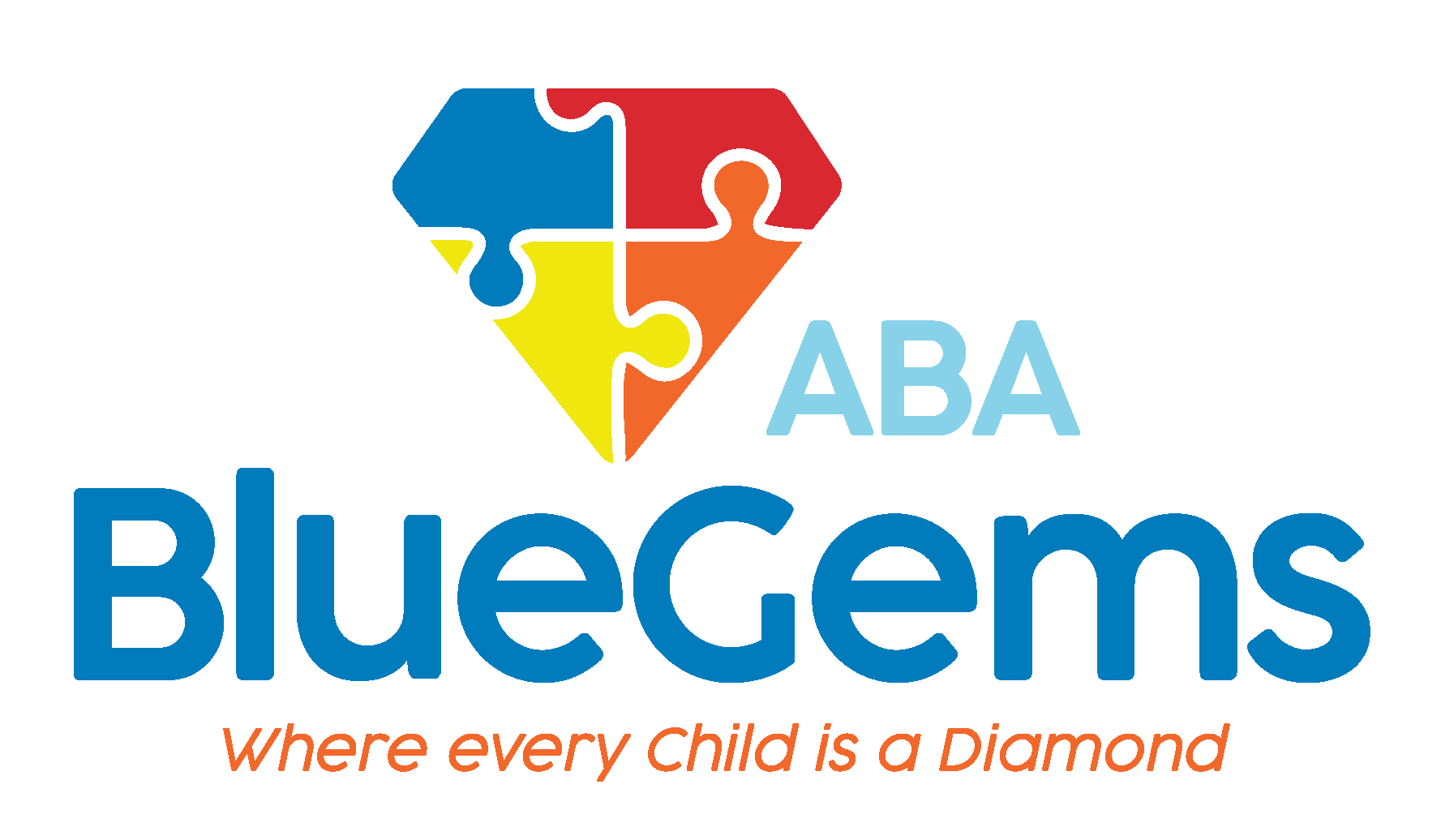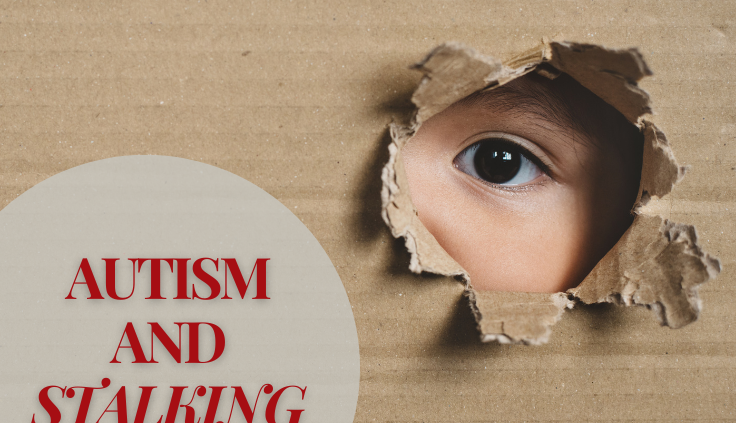Autismo y acoso: ¿existe alguna relación?
La comunicación y las interacciones sociales son dos áreas en las que las personas con trastorno del espectro autista (TEA) suelen tener dificultades. Aunque estas dificultades pueden manifestarse de muchas formas distintas, algunas pueden ser muy preocupantes.
Las personas autistas, por ejemplo, pueden no entender algunos de los matices más sutiles de la comunicación. Pueden malinterpretar algo como la amabilidad o no entender señales no verbales como tono de vozEl lenguaje corporal y las expresiones faciales.
En ocasiones, esto puede llevar a que las personas con autismo no capten con precisión las señales sociales de alguien, lo que en última instancia puede dar lugar a que muestren conductas de acoso.
Aunque las personas con autismo no son intrínsecamente más propensas a realizar conductas de acoso que los individuos neurotípicos, existe la preocupación de que su incapacidad para interpretar correctamente las señales y normas sociales comunes pueda conducir a este tipo de conductas.
A continuación, hablaremos de cómo el autismo podría contribuir a los comportamientos de acoso y de cómo el análisis conductual aplicado (terapia ABA) puede ayudar en este sentido.
Índice
¿Cómo contribuye el autismo a los comportamientos de acoso?
Comprender las normas sociales y las señales sociales está en la base del respeto a los límites de los demás. Las personas neurotípicas suelen ser capaces de entender que no es educado mirar fijamente, por ejemplo, o no acercarse demasiado a otra persona para respetar su espacio personal.
Es posible que las personas con autismo no posean esta misma comprensión, y eso puede dar lugar no sólo a situaciones incómodas y dificultades para establecer relaciones significativas, sino también a comportamientos más preocupantes, como el acecho y el hostigamiento.
Uno de los retos más comunes a los que se enfrentan las personas con autismo es captar las señales no verbales, que a menudo pueden ser muy sutiles. Si otra persona da señales no verbales de que quiere que la dejen en paz o no está interesada en hablar o interactuar, es posible que una persona con autismo no pueda interpretarlas correctamente.
Como consecuencia, pueden excederse considerablemente y violar el espacio personal de otra persona, sus límites y/o su intimidad.

El malentendido juega en el acoso
El acecho y el hostigamiento son cosas serias, e incluso pueden llegar a ser delitos. Por desgracia para las personas con autismo, la incomprensión o mala interpretación de las señales sociales de otras personas no es una defensa válida si alguna vez se les acusa de estos delitos.
Aunque los comportamientos de acoso y hostigamiento no lleguen al punto de ser delictivos, es importante que las personas con autismo y sus allegados comprendan cómo los retos a los que se enfrentan pueden ponerles en riesgo de sufrir estas situaciones.
Como ya se ha mencionado, las dificultades para interpretar las señales y normas sociales son un gran reto al que se enfrentan las personas con autismo. Por ejemplo, puede que no entiendan que a veces no se considere normal o ni siquiera apropiado presentarse inesperadamente en casa de alguien o llamarle o enviarle mensajes de texto por teléfono repetidamente.
Si la persona que recibe estas formas de acercamiento las considera acosadoras o amenazadoras, la situación puede acabar mal para la persona con TEA.
¿Cómo se puede ayudar a las personas con autismo con estos comportamientos?
La prestación de apoyo a las personas con autismo en relación con comportamientos potencialmente problemáticos presenta algunos aspectos diferentes.
Un aspecto importante es la defensa y la comprensión. Las personas con autismo pueden revelar a menudo a otras personas de su entorno que padecen TEA, lo que puede conducir a una mejor comprensión y aceptación entre los demás.
En otras palabras, si otras personas saben que alguien tiene autismo y, por lo tanto, comprenden por qué puede mostrar determinados comportamientos, es posible que no interpreten sus acciones como amenazadoras.
Por supuesto, para que esto tenga éxito, el individuo con autismo no sólo tendría que tener la capacidad de reconocer su autismo y ser capaz de comunicarlo a los demás, sino que tendría que sentirse lo suficientemente cómodo y confiado para hacerlo. Esto requiere mucho ánimo, apoyo y aceptación general por parte de los demás.
Otro aspecto importante es recibir un tratamiento de eficacia probada para desarrollar las capacidades de comunicación e interacción social y modificar los comportamientos. La terapia ABA se considera el tratamiento de referencia para las personas con autismo y puede ser de gran ayuda en este sentido.
Mediante el refuerzo positivo, la repetición y muchas otras estrategias, los terapeutas ABA pueden ayudar a las personas con espectro autista a comprender e interpretar mejor cosas como las señales no verbales, e incluso a desarrollar conductas de sustitución que les ayuden a mejorar sus interacciones sociales y su comunicación, lo que puede conducir a una mejor aceptación entre los demás.
Blue Gems ABA ayuda a crecer a los niños con autismo
Aunque las personas con autismo no muestran intrínsecamente conductas de acoso, algunas de las dificultades a las que se enfrentan con la comunicación y la interacción social podrían ponerlas en mayor riesgo de mostrar conductas de acoso que las personas neurotípicas.
En Blue Gems ABANuestro equipo de experimentados BCBAs trabaja con niños en el espectro autista todos los días, ayudándoles a desarrollar habilidades sociales y de comunicación para que puedan vivir una vida feliz, saludable e independiente. Todos nuestros planes de tratamiento de terapia ABA se adaptan específicamente a las fortalezas y desafíos únicos de cada paciente, lo que resulta en que tengan más éxito con su tratamiento.
Para más información Contacto hoy.




